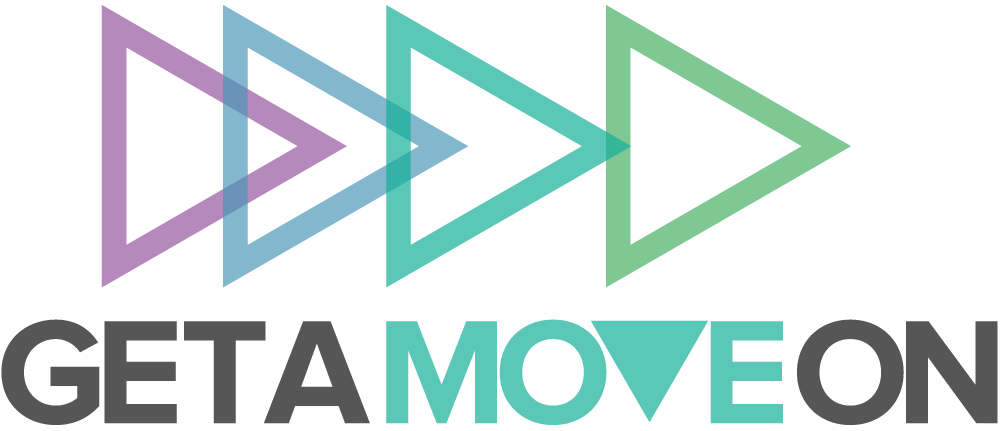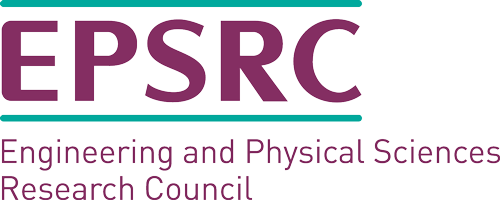Technology, mental health and physical activity
Author: Lucia Sanz Vilar

Work and personal life used to be much more separate — work mostly finished when leaving the office, and personal matters were paused during office hours, with the exception of phone calls for important matters. With the advent of laptops, smartphones and wearables, work-life boundaries have blurred. Research has shown that smartphone users receive more than 60 notifications per day (Pielot, Church and De Oliveira, 2014). Receiving personal notifications at work and work notifications at home has made switching between life roles a quick and automatic process, but can nevertheless be stressful and induce burnout. More and more people are finding it increasingly difficult to disconnect from work and are experiencing mental health problems like stress, anxiety and depression.
Researchers at UCL Interaction Centre (UCLIC) have uncovered the strategies that can help people to use their devices in a more mindful way and prevent them causing stress and burnout. Setting ‘microboundaries’ by turning off push notifications, grouping work and non-work tools separately, or blocking out time in advance for their own activities, enables users to limit the negative effects of boundary cross-overs and feel more in control (Cecchinato et al., 2015, Cox et al. 2016, Cecchinato et al. 2017). Although the exact type of boundaries a person can implement depends on many factors, such as expectations at work, line managers or family roles, research has shown that feeling in control of boundary cross-overs can help reduce stress (Kossek et al., 2012). Researchers from the iWARDS project at UCLIC are currently conducting research with junior doctors to understand how these microboundaries can have a positive impact on their mental health and work-life balance.
While technology can have a negative impact on mental wellbeing, it can also be used to help people monitor and improve their mental health, as well as their physical health, activity and fitness - which in turn can impact mental health. However, there have been few opportunities for researchers from those fields to come together and discuss the relationships between technology, physical activity and mental health. On 18th and 19th July 2018, GetAMoveOn is hosting a free, 2-day workshop in Glasgow exploring the intersection between physical [in]activity, digital technology and mental health and wellbeing. The session will be led by Dr Maki Rooksby (Institute of Health and Wellbeing, University of Glasgow). You can find more information here and register here.
References:
Cox, A. L., Gould, S. J., Cecchinato, M. E., Iacovides, I., & Renfree, I. (2016, May). Design frictions for mindful interactions: The case for microboundaries. In Proceedings of the 2016 CHI Conference Extended Abstracts on Human Factors in Computing Systems (pp. 1389-1397). ACM.
Cecchinato, M. E., Cox, A. L., & Bird, J. (2015, April). Smartwatches: the Good, the Bad and the Ugly?. In Proceedings of the 33rd Annual ACM Conference extended abstracts on human factors in computing systems (pp. 2133-2138). ACM.
Pielot, M., Church, K., & De Oliveira, R. (2014, September). An in-situ study of mobile phone notifications. In Proceedings of the 16th international conference on Human-computer interaction with mobile devices & services (pp. 233-242). ACM.







